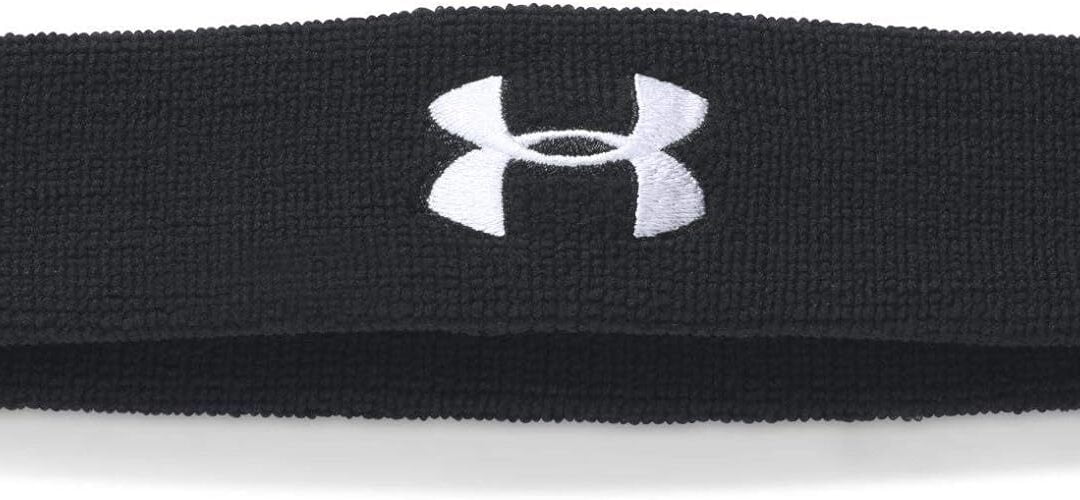Discover the benefits of sweatbands for your fitness routine. Enhance your performance and stay comfortable with these stylish and functional accessories.


Welcome to our comprehensive guide on racquetball rackets! If you’re new to the sport or looking to upgrade your equipment, this article is for you. We’ll cover everything you need to know about racquetball rackets, including their importance, key features to consider, and top recommendations. Let’s get started!
A racquetball racket, also known as a racquet or paddle, is an essential piece of equipment used in the sport of racquetball. It is used to hit the rubber ball against the walls of the court, aiming to make it difficult for the opponent to return the shot. The design and construction of racquetball rackets have evolved over time to enhance performance and provide players with a competitive edge.
Choosing the right racquetball racket is crucial for several reasons:
When shopping for a racquetball racket, it’s important to consider the following key features:
The weight of a racquetball racket plays a significant role in its performance. Rackets typically range from 150 to 190 grams, with lighter rackets offering more maneuverability and heavier rackets providing more power. The weight that works best for you depends on your playing style and preference. Beginners often find lighter rackets easier to handle, while advanced players may prefer the extra power of a heavier racket.
The balance of a racquetball racket refers to the distribution of weight along its length. Rackets can be head-heavy, head-light, or evenly balanced. Head-heavy rackets provide more power, while head-light rackets offer better control. Evenly balanced rackets provide a combination of both power and control. The choice of balance depends on your playing style and personal preference.
The grip size of a racquetball racket refers to the circumference of the handle. It is important to choose a grip size that feels comfortable in your hand. A grip that is too small can lead to wrist and hand fatigue, while a grip that is too large can make it difficult to maneuver the racket. Most rackets come in standard grip sizes, but some brands offer options for smaller or larger grips.
The stringing of a racquetball racket affects the feel and performance of the racket. Rackets can be pre-strung or unstrung. Pre-strung rackets are ready to use out of the box, while unstrung rackets allow you to choose your preferred string and tension. The choice between pre-strung and unstrung rackets depends on your personal preference and willingness to customize your equipment.
Racquetball rackets are typically made from lightweight materials such as graphite, aluminum, or composite materials. Graphite rackets are known for their lightweight and responsive feel, while aluminum rackets are more affordable and durable. Composite rackets combine the benefits of both materials. The choice of material depends on your budget, playing style, and desired level of performance.

Now that you know the key features to consider, here are our top recommendations for racquetball rackets:
Description: The Brand A racquetball racket is a lightweight and powerful racket that offers excellent control and maneuverability on the court. It features a head-light balance and a comfortable grip size, making it suitable for players of all skill levels. The racket is made from high-quality graphite material, providing a responsive and consistent feel.
Description: The Brand B racquetball racket is a well-balanced racket that offers a combination of power and control. It features an evenly balanced design and a grip size that can be customized to your preference. The racket is made from a durable composite material, ensuring long-lasting performance. It is suitable for intermediate to advanced players.
Description: The Brand C racquetball racket is a heavy-duty racket designed for maximum power. It features a head-heavy balance and a larger grip size for added stability and control. The racket is made from aluminum, making it highly durable and suitable for aggressive players. It is recommended for advanced players who prefer a power-oriented playing style.
Proper maintenance of your racquetball racket is essential for prolonging its lifespan and ensuring optimal performance. Here are some tips to keep in mind:
After each game or practice session, wipe down your racket with a damp cloth to remove any dirt or sweat. This helps prevent the buildup of grime and keeps the racket in good condition.
Inspect the strings of your racket regularly for signs of wear and tear. If you notice any fraying or loose strings, it’s time to replace them. Regular string replacement helps maintain the performance and feel of your racket.
When not in use, store your racket in a protective case or bag to keep it safe from damage. Avoid leaving it in extreme temperatures, as this can affect the integrity of the racket.
Avoid hitting the walls or the floor with excessive force, as this can damage the racket. Racquetball rackets are designed for hitting the ball, not hard surfaces.

“I recently started playing racquetball and decided to invest in a good quality racket. I purchased the Brand A racquetball racket and I’m extremely happy with my purchase. It’s lightweight and provides excellent control, allowing me to hit accurate shots. The grip size is perfect for my hand and I haven’t experienced any discomfort during long playing sessions. Overall, I highly recommend the Brand A racket for both beginners and experienced players.” – John
“I’ve been playing racquetball for several years now and have tried different rackets. The Brand B racquetball racket is by far my favorite. It offers the perfect balance of power and control, allowing me to vary my shots depending on the situation. The grip size is customizable, which is a great feature for players with smaller or larger hands. The durability of the racket is also impressive, as it has held up well even with frequent use. I would definitely recommend the Brand B racket to intermediate and advanced players.” – Sarah
“As an aggressive player who prefers a power-oriented style, the Brand C racquetball racket is perfect for me. The head-heavy balance and larger grip size provide excellent stability and control. I love the added power that this racket offers, allowing me to hit hard shots and put pressure on my opponents. The aluminum construction is also incredibly durable, withstanding the occasional accidental hit against the wall. I highly recommend the Brand C racket to advanced players who enjoy a power game.” – Mike
Q: Do I need to buy an expensive racquetball racket?
A: The price of a racquetball racket can vary depending on the brand and features. While more expensive rackets often offer higher performance and durability, there are also affordable options available that can still enhance your game. It ultimately depends on your budget and playing level.
Q: How often should I restring my racquetball racket?
A: The frequency of string replacement depends on how often you play and your personal preference. Some players restring their rackets every few months, while others may go longer. It’s important to regularly check the condition of the strings and replace them when they show signs of wear.
Q: Can I use a tennis racket for racquetball?
A: While tennis and racquetball rackets have similar designs, they are engineered for different sports. Tennis rackets are generally heavier and have a larger sweet spot, while racquetball rackets are lighter and more maneuverable. It is recommended to use a racquetball-specific racket for optimal performance.
Q: Can I try different rackets before making a purchase?
A: Some sports equipment stores or racquetball facilities may allow you to test out rackets before buying. This can be a good way to get a feel for different brands and models and determine which one suits you best.

Choosing the right racquetball racket can greatly impact your performance and enjoyment of the sport. Consider the pros and cons, read reviews from other players, and take into account your playing style and preferences when making a decision. Whether you’re a beginner or an advanced player, there are options available that can enhance your game. With proper maintenance and care, your racquetball racket can provide you with years of competitive play. So go ahead, pick a racket that suits you, and get ready to dominate the racquetball court!
Choosing the right racquetball racket is essential for maximizing your performance and enjoyment of the sport. Consider the key features discussed in this guide, such as weight, balance, grip size, stringing, and material, to make an informed decision. Don’t forget to follow the maintenance tips to keep your racket in top condition. Now, go out there and dominate the racquetball court with your new racket!
Choosing the right racquetball racket is essential for maximizing your performance and enjoyment of the sport. Consider the key features discussed in this guide, such as weight, balance, grip size, stringing, and material, to make an informed decision. Don’t forget to follow the maintenance tips to keep your racket in top condition. Now, go out there and dominate the racquetball court with your new racket!
In conclusion, a racquetball racket is a crucial piece of equipment for any racquetball player. It can greatly impact your performance, comfort, and control on the court. When choosing a racket, consider factors such as weight, balance, grip size, stringing, and material. It’s important to find a racket that suits your playing style and skill level. Additionally, proper maintenance of your racket, such as regular cleaning and string replacement, can help prolong its lifespan and ensure optimal performance. With the right racket and proper care, you’ll be ready to take on any opponent and excel in the exciting sport of racquetball.